Jump to:
Garden lighting can be a great DIY project, and this guide will show you how to install them. If you’re not confident with wiring, you don’t have to hire a professional, but perhaps consider it if there is a real danger of making a mistake. For now, let’s walk through the process.
Determine the Correct Volts and Watts
Volts (V) are the pressure that pushes electricity through a circuit. Meanwhile, Watts (W) show the total power used, calculated by multiplying volts by amps.
The voltage and wattage you choose will determine how bright your garden lights are, how much energy they use, and how safe they are. Here are some voltage and wattage examples for your reference.
Subtle accent lighting:
- Solar-powered lights: Usually low voltage (1.2V-3V), 1W-5W
- Low-voltage LED stake lights: 12V, 3W-7W per light
- Festoon/string lights: 12V-24V, 1W-5W per bulb
These garden lights are perfect for lighting up areas around your outdoor furniture.
Pathway and driveway lights:
- Bollard lights: 12V-24V, 5W-15W
- Recessed ground lights: 12V-24V, 5W-10W
- Wall-mounted sconces: 12V-230V, 7W-20W
General garden and patio lighting:
- Floodlights (small): 12V-24V, 10W-30W
- Wall lights with motion sensors: 230V, 10W-30W
- Decking lights: 12V-24V, 3W-7W per light
Wall lights are a great choice when wiring outside wall lights.
Security and high-brightness areas:
- Large floodlights: 230V, 30W-100W+
- Motion-sensor security lights: 230V, 20W-50W
- Driveway entrance lights: 230V, 20W-50W
Have a stroll around your garden and take a look from inside, too. Consider the atmosphere, safety, glare, and how it might affect your neighbours.
Note: When it comes to cables, choose 2-core outdoor-rated for low-voltage (12V/24V) and armoured cable (SWA) for mains (230V).
Choose the Right IP Rating
IP (Ingress Protection) ratings show how resistant a device is to water and dust. This comes especially handy for outdoor lights, considering the exposure they’ll get from the elements.
There are different IP ratings sold in the UK, but the suitable ones for this purpose are IP43, IP44, IP65, and IP68.
Lights with an IP43 rating are protected against direct sprays of water at any angle of up to 60°. They can work on sheltered outdoor areas, such as a wall or a garden room with an overhanging roof. The same applies to those with an IP44 rating, but from any angle. This makes them suitable for exposed spots, like a wall or a pergola.
Those with an IP65 rating resist water jets projected by a nozzle (6.3mm) from any angle. In garden settings, this means open-air spaces like a path or deck.
For garden water features, such as ponds, an IP67 rating is your best bet (submerged), while an IP68 rating is perfect for a swimming pool (submerged deeper than 1 metre).
You might find this guide useful: What Is the Best IP Rating for Outdoor Lighting?
Plan Where the Lights and Cables Will Go
Once you’ve decided on the type of garden lights you’re using—including the volts, watts, and IP rating—the next step is to work out the best layout and run the cables from there.
Measure the distances and mark out where you want the lights to be. Doing so can help you figure out how much cable you’ll need and where it should run.
If the lighting isn’t meant for a water feature, keep cables away from ponds to avoid contact. Also, keep them clear of walkways to prevent damage or hazards.
For instance, you can tuck wires along the edges of paths or under decking if you have one. If cables need to cross a path, run them through a protective conduit or bury them at a safe depth.
Make sure each light and connection is accessible in case you ever need to check or replace them. That way, you won’t have to dig up cables or take apart decking just to fix a loose connection or a faulty light.
Identify Electric Wires
Electric wires carry electricity from one place to another, and each type has a job:
- Live wire (brown) carries electrical current from the power source.
- Neutral wire (blue) sends the current back to complete the circuit.
- Earth wire (green/yellow) redirects excess electricity in case of a fault.
Getting this wrong could cause short circuits, electric shocks, or lights that simply won’t work. If in doubt, refer to the manufacturer’s instructions or get advice from a qualified electrician—or you might be better off letting an expert handle the work.
Note: Wire colours vary by country. The colours above follow UK & EU standards, so always check your local wiring regulations, especially when working with older wiring systems.
Work on the Transformer
Note: You may skip this part if your garden lights are mains powered.
Any outdoor lighting with exposed wiring must use extra-low voltage power provided by a transformer. A transformer reduces the mains voltage to a safer level. This prevents damage to garden lights and lowers the risk of electric shocks.
When choosing one, its wattage rating should match the total wattage of your garden lights. If it’s too low, it won’t supply enough power, leaving you with flickering lights or, worse, ones that don’t work at all. If it’s too high, you’re wasting energy and possibly overloading the system.
The best location for a transformer is somewhere with an available outlet, ideally inside a weatherproof box. Keep it at least 12 inches off the ground and away from water sources or damp areas to prevent water from getting in.
Please don’t hesitate to seek guidance from an expert if you’re unsure during installation or troubleshooting.
Make the Electrical Connections
First things first, turn off the circuit breaker if your garden lights are wired to the mains. Even then, double-check that there’s no electricity running through the wires using a non-contact voltage tester.
Next, strip off just enough insulation from the wires to expose the metal. If in doubt, refer to the packaging or the back of the connector.
Then, use a waterproof connector to secure the connection. If you’re wiring mains-powered lights, make sure they’re connected to an RCD-protected circuit. This will cut the power if there’s a fault, lowering the risk of electric shocks or system damage.
Test Before Final Installation
You’re almost done! But before you wrap things up, see to it that all the lights work as they should. There might be a loose connection if any don’t turn on or flicker. Go over the wiring again and tighten any fittings if needed. Once everything is working, secure the cables and finish the installation.
Tip: If you need to bury the cables, place them at least 30cm deep with warning tape. Cable clips are useful for securing surface-mounted wires.
We hope this guide has helped you with installing your garden lights! For more tips, check out: What Is the Best Cable to Use for Outdoor Lighting?

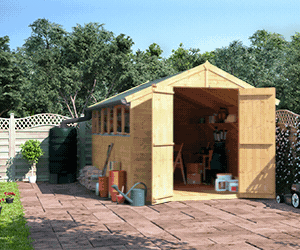

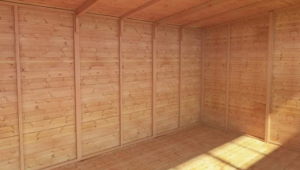


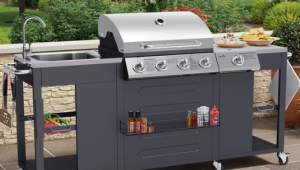


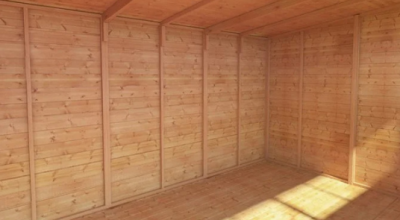
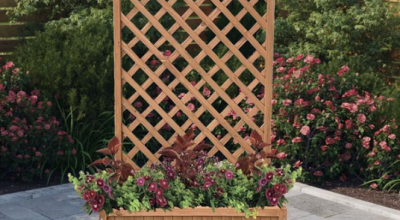

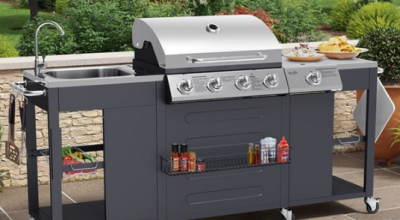

What do you think ?